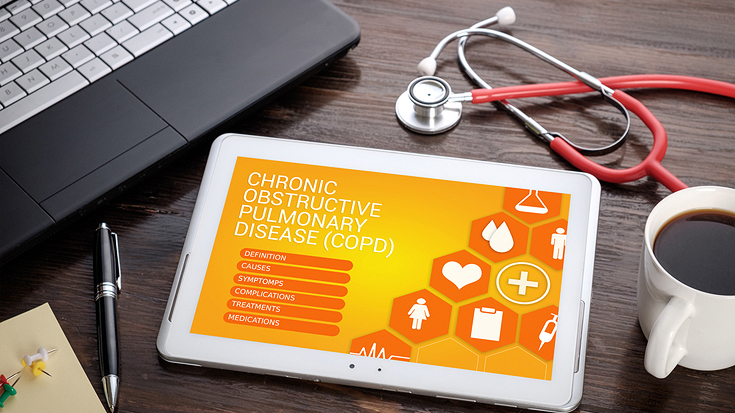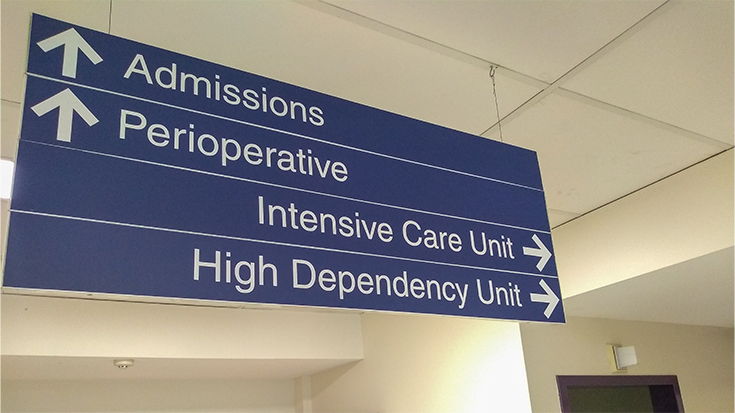
A new study published in the Journal of Telemedicine and Telecare takes a closer look at electronic inhaler monitoring for patients with COPD, and AARC member Richard Rice, MEd, RRT, research coordinator in the Respiratory Institute at the Cleveland Clinic in Cleveland, OH, is one of the co-authors.
The study was conducted among 39 patients who had at least one hospitalization or emergency room visit for COPD during the prior year. All received electronic monitoring devices for their maintenance and rescue inhalers and then were followed for another year.
Results showed a significant reduction in COPD-related health care use compared to the year prior to enrollment, with trips to the hospital dropping from an average of 3.4 to 2.2. A non-statistically significant reduction in all-cause health care use was also seen.
Post-discharge concerns
Rice says the project grew out of concerns about post-discharge adherence to medication in this patient population.
“Our aim was to improve clinical outcomes by fostering adherence to long-acting bronchodilators and increasing patient engagement by utilizing electronic inhaler monitoring coupled with an integrated disease management program,” he said.
In terms of the study, Rice was charged with setting up and explaining the use of the device to the patients, then reviewing that use on a web-based dashboard that provided regular notifications regarding inhaler use. When he received notifications indicating increased rescue inhaler use or no controller inhaler use for four days, he called the patient to follow up.
The disease management program used in conjunction with the electronic inhaler monitoring included a COPD care path, inpatient pharmacy education, and scheduling a post-discharge appointment. Both Rice and other RTs were actively involved there too.
“My role initially was to introduce myself to the patient and explain my role, call them post-discharge for symptom assessment, answer any questions, and to remind them of the post-discharge appointment,” he said. “During the appointment, they are seen by an RT to evaluate inhaler technique, provide remediation as necessary, and to provide education.”
Improving the continuum of care
Rice believes the study offers important lessons for RTs about keeping track of patient medication use post-discharge.
“RTs take great care of the hospitalized patient but sometimes are not aware of the many issues these patients may face post-discharge,” he said. “Electronic inhaler monitoring helps us gain insight into these issues and we can play a valuable role in improving this continuum of care.”
Email newsroom@aarc.org with questions or comments, we’d love to hear from you.














